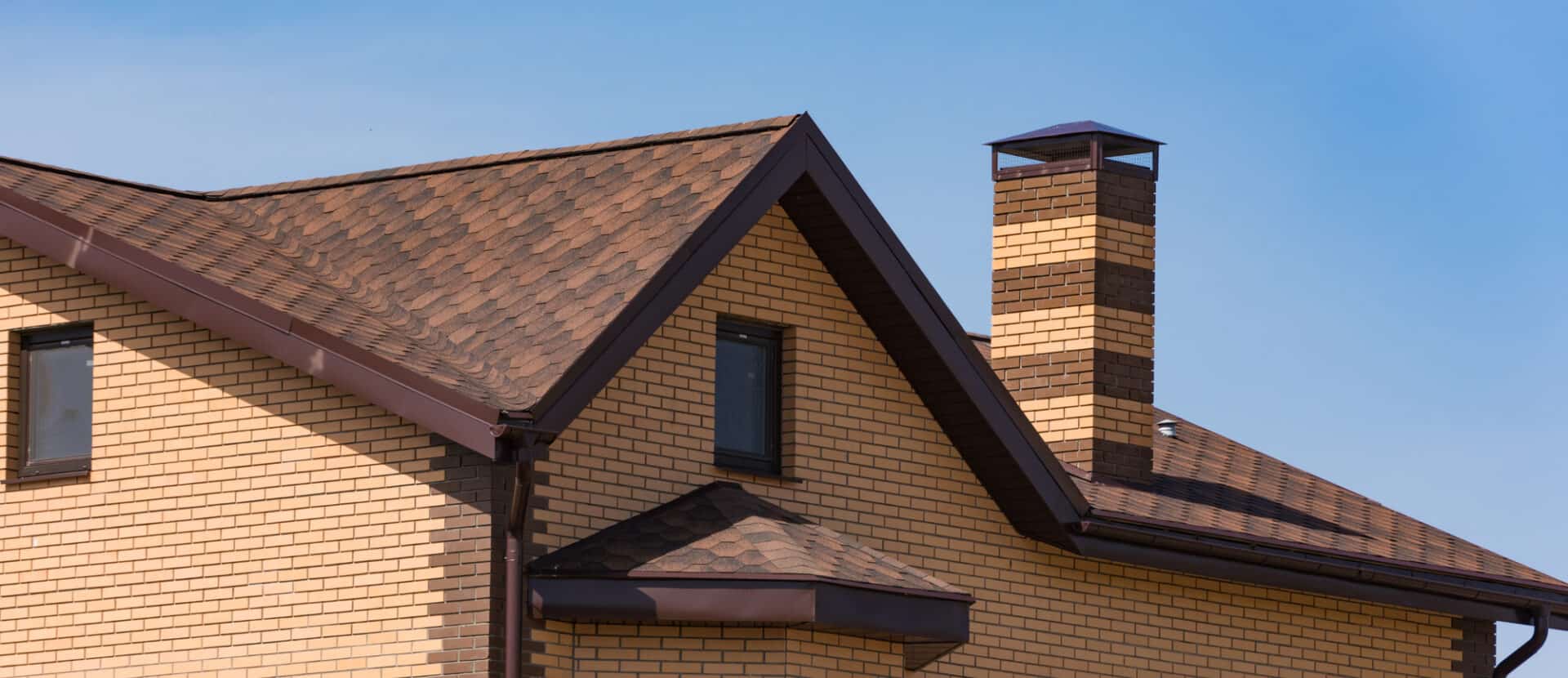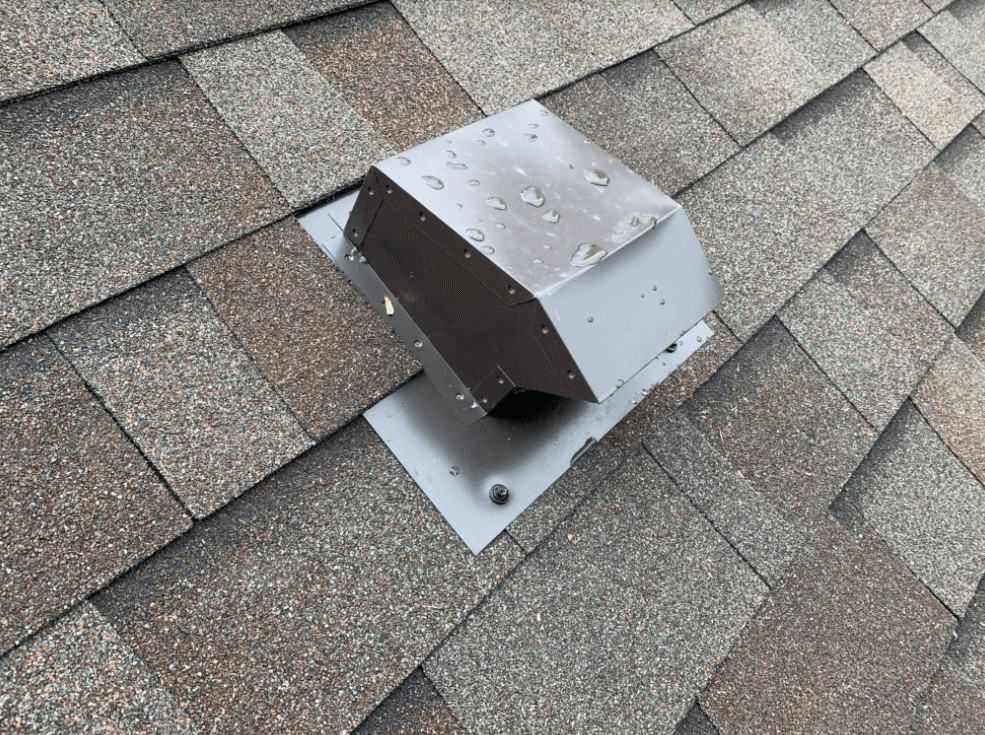If you need to get your roof replaced soon, ventilation is one of the important aspects that you should focus on. Which type to install – Ridge vent, Roof Louvers, or Power vents? Each of these have their own benefits and drawbacks to consider when putting a new roof on or upgrading your roof ventilation. This short guide will compare the three types of venting to each other with their strengths and weaknesses.
Roof Louvers or “Roof Cans” – Strengths/Weaknesses
Roof louvers are the standard type of roof venting that you’ll see on most homes. These are the small vents that you can see sticking up on the peak of the roof. This type of ventilation will meet minimum code requirements if enough are installed. To get above the minimum, too many would have to be installed and it would not look very good.
The biggest benefit of roof louvers are their cost. This is the cheapest ventilation method there is. If you do go with this type of ventilation on your roof, just be sure your contractor installs metal vents, NOT plastic. Plastic vents will get baked in the sun and become brittle over time. I’ve seen many plastic vents that are just 10-15 years old that have cracked and let a lot of water drain into the attic.
The drawbacks of roof louvers are two:
- They Look Bad: Instead of a nice smooth roof you’ll have a bunch of vents sticking up and making things cluttered. You can get vents that are painted black, brown, white, or gray to match the roof, but they are still there.
- They will only meet the minimum code requirements: It’s been tested and shown that meeting minimum code requirements will lower the temperature of your attic by about 8 degrees (F). As we’re about to see though, if you double the minimum it can lower the attic temperature by 20 degrees (F), over 150% more!
Concealed Ridge Vent Strengths & Weaknesses
Another type of venting for your roof is a ridge vent. If you do go this route, make sure you get a concealed ridge vent that is covered by ridge cap shingles. This will help it match your roof as close as possible.
The best roof ventilation solution in my opinion is a concealed ridge vent with an external baffle and bug filter. These two features do a lot to make the venting more effective. An external baffle will keep the ridge vent working effectively when there is wind. Without this baffle, a small breeze can almost completely negate the effectiveness of your ridge vent, creating a vacuum in the attic and preventing air from escaping.
The main drawback of a ridge vent is the cost. In order for a ridge vent to be installed effectively, all the existing roof louvers (if it’s being upgraded) must be removed and covered up. This means you’ll have to replace all the plywood where there are vents cut through to make it work right. Without those vents being covered up the ridge vent and the roof louvers will cycle air and prevent the attic from breathing properly.
There are two big benefits that you’ll get when you upgrade to a ridge vent.
- Good Looks: Your roof won’t have near as many objects on it since all the existing vents will be removed and covered over. This will give the roof a smooth appearance that looks really sharp.
- Drastically lower attic temperatures: As I mentioned above, by installing a ridge vent on most homes you’ll get to at least double the amount of ventilation required by code. This will lower the temperature of your attic by about 20 degrees (F). This will do wonders to keep your home cooler in the summer and prevent ice damming and those big icicles in the winter time.
Ridge Vent vs. Roof Louvers (aka “Roof Cans”) – Which is Best?
The winner by far is a concealed ridge vent over roof louvers. If it fits in your budget I would highly recommend upgrading, as it will not only make your new roof look nicer, it will save you money on cooling in the summer months.
Call Us Today For a Quote
If you’d like to know more and see what all your options are, let us know, and we can come out and do our Leak Prevention Audit which will help you understand what your options are. If you are in Spokane, Post Falls, or surrounding communities, call us for a quote.




